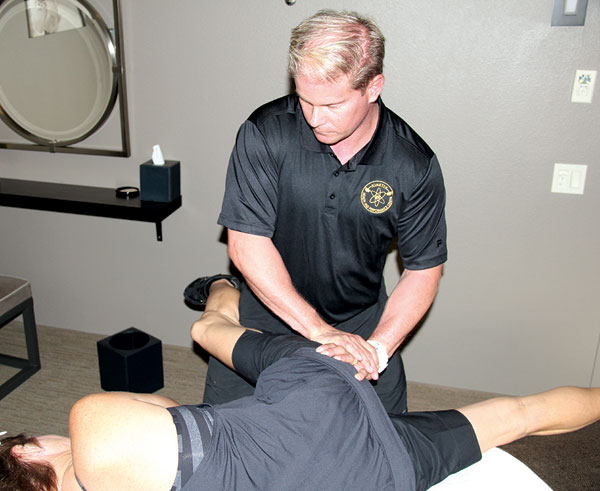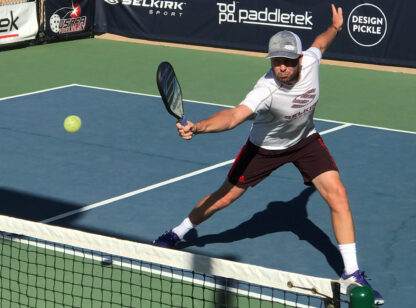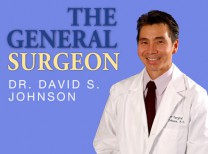An Interview with Albert Lai, M.D.
Back pain is the second most common reason for a visit to the doctor’s office.[sup]1[/sup] If you are one who suffers from a lower back condition, you may be interested to learn about the latest options to alleviate pain.
Desert Health[sup]®[/sup] sat down with Dr. Albert Lai of Desert Pain & Rehabilitation Associates to offer answers.
What do you need to know if you suffer from lower back pain?
Most back pain can be helped. Arthritis is the major culprit for back pain followed by nerve impingement. The interesting fact that people don’t know is that most lower back pain will resolve itself in three months time. That is why some primary care physicians may not prescribe treatment or medication right away. When pain exists for over 3 months, we have a chronic issue that needs diagnosis and treatment.
What do you consider the most effective treatment?
The vast majority of cases should be treated conservatively with physical therapy, manual therapy such as massage or chiropractic care, and/or pain medications. The important consideration for resolution of pain is to ensure is that an integrated plan be implemented. Regardless of its original source, back problems affect multiple body parts (muscle, tendon, joints, nerves), and it is necessary to ensure all affected areas are addressed.
Water therapy is the number one therapy I recommend to my clients. Walking is good, but eliminating weight on your lower back by walking in a pool is even better.
What are options for more severe cases not helped by these therapies?
On the tail end of conservative therapy are injections. We often treat arthritic pain with steroid injections which is temporarily effective. Two additional allopathic treatments for severe and chronic arthritic lower back pain are medial branch radiofrequency ablation (rhizotomy) and the dorsal column stimulator. Both are outpatient procedures.
Rhizotomy is a minimally invasive procedure where a heated needle burns the sensory nerve that sends the message to your brain and causes pain. This sensory nerve is isolated and not responsible for crucial tasks like walking. This results in five to eight or more months of pain relief before the nerve regenerates and another round of the procedure needs to be performed.
An implant called the dorsal column stimulator is like a pace maker for your spine. It’s a small device that is planted under your skin that has electrodes on a small wire to stimulate the back side of the spinal cord where the sensory pain fibers lie. The electrodes send electricity to block the pain signal from going to your brain. This procedure is done in two phases starting with the unit being attached externally to see if it works for the patient. If proven effective, the device is implanted. This procedure is used as a last resort with the goal of returning a patient to a functioning state.
These are two of the most progressive treatments in allopathic medicine available for lower back pain. They are also coupled with other complementary modalities.
Treating lower back pain takes time and a combination of treatment therapies. Patients need to stick with their prescribed plan. The good news is that there are effective options available, and you don’t have to live with back pain.
Reference: (1) American Chiropractic Association www.acatoday.org














































Comments (0)